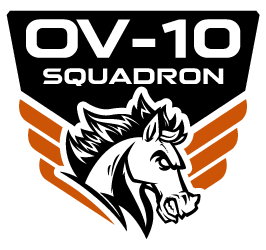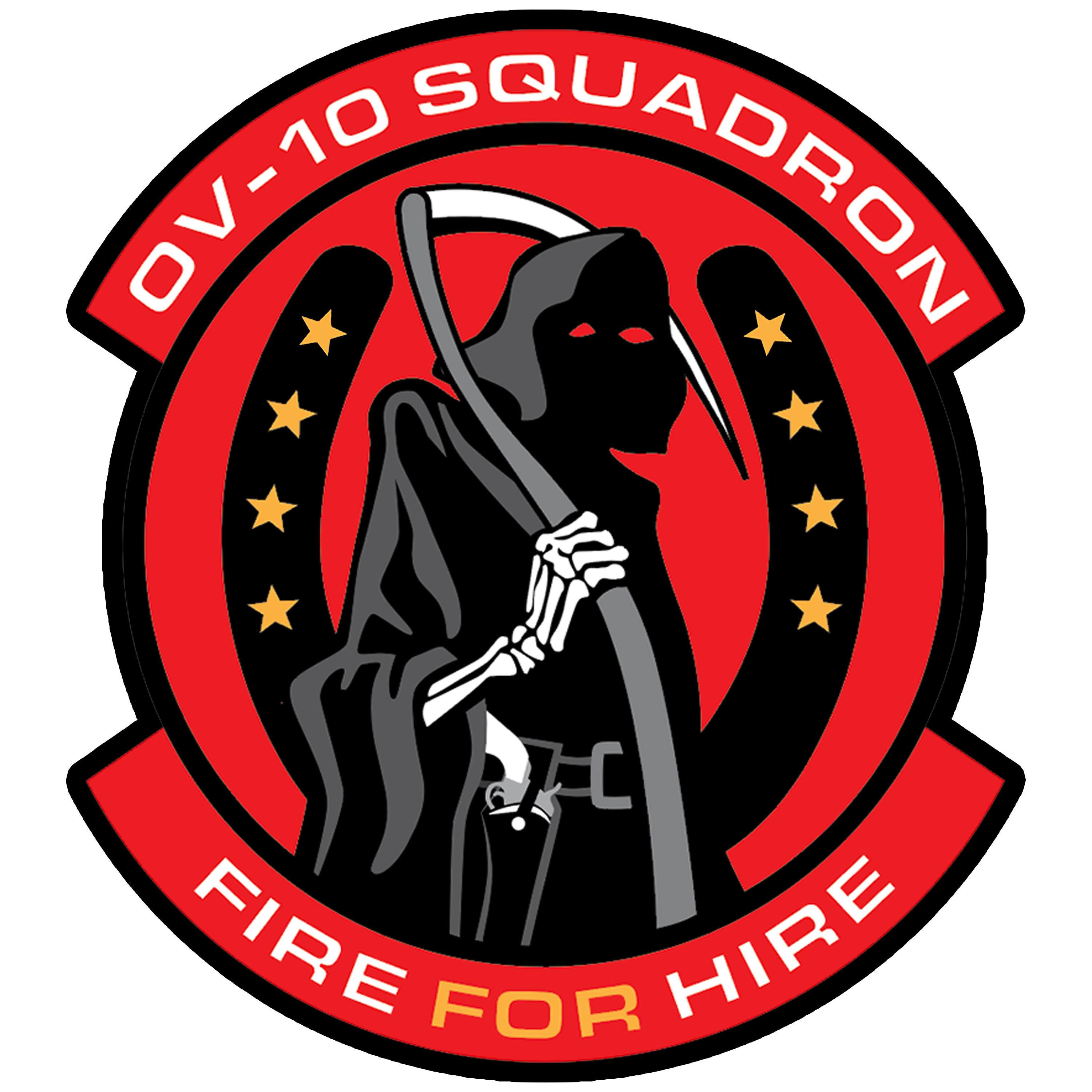Behind every successful project, there is a group of dedicated people who find the drive to keep on going even when the going gets tough. The key to a successful project—regardless of its nature, whether it be advocacy-based, profit-driven, large-scale, small-scale, or whatever-scale, is human effort and perseverance. It is a group of people who have the grit to put on and lace up their work boots even on days that they don’t feel like working. The OV-10 Squadron project is no exception to this rule. Our team is a team of dedicated and hard-working individuals, upon whose shoulders rest the overall success of our mission.

Quick Engine Change (QEC)
Nestled in one of the hangers at the San Bernardino County Chino Airport, Brian, one of our team members on the OV-10 Bronco project saddles up for another day of work. The day contains tasks that are as exhilarating as usual: cataloguing and separating hordes upon hordes of boxes that have come with the air frames.
These tasks may seem droning, but they are vital tasks nonetheless. These tasks are carried out by a crew that is the best of the best in the war bird business. Brian has extensive experience, having been able to be part of the restoration project for the P-51 Mustang “Bunny” from 2013 to 2016. Bunny is now proudly displayed in the Palm Springs Air Museum in California. Aside from Bunny, Brian also had a chance to work on Army One in Chino, the famed helicopter used by Presidents Kennedy, Johnson, Nixon and Ford.

Top: Alex, heat gun in hand, scrapes the mothballing away on an OV-10. Bottom: Eloy hard at work under the hot California sun.
They’re getting started on removing the cocoon of mothballing from the openings of the wings and fuselage. “It takes time and sometimes it isn’t very quick,” Brian says. Nonetheless, his dedication is unfazed. “It’s not all coming off in big pieces, but it all has to come off some time so today is the day to start.”
“We shipped off the engines to the rebuilder last week, stripping the QEC’s down to the parts they wanted for their job.” Brian says. He admits that it isn’t glorious work, but it is all necessary.
But it is worth it, and the people participating in the project know its worth. They’re taking part in restoring a small, but critical piece of American history both in the military and in aviation. What they’re working on is an aircraft that undoubtedly has a place in the hearts and minds of military personnel and civilians alike.
This is the OV-10 Bronco, a plane that has fought, served and crashed in the battles of this country. Come mothballing or mush, it will fly and soar the skies once again.






Glad to see the attention these warriors deserve.
Who does the work on the engines?
CTEC in Scottsdale is working on the engines.
As plain captain on 155446 a china lake ‘68-‘70 then VAL-4. Glad to see three of “my” broncos coming back to life.
Hi Bill- fantastic to hear from you!
We are always seeking to document the aircraft and crews. Your stories are important and the aircraft will remain story telling tools for generations to come. Anything you can share about China Lake and Vietnam we’d love to work into the site. It is important we get it right. All Bronco connected service members will help us get these aircraft back together. We’re excited to bring these aircraft “home” so near North Island where it started, Camp Pendleton where their lives continued, and now getting intensive airframe overhauls to give another 50 years at least.
2018 will be a year of heavy work. In 2019 we anticipate certification and flight. Tentatively planning to have one in Pensacola for the Ponies 50th Anniversary.
Thank you for following our project and we hope to make our Veterans proud. Thank you for your service.
Jason Erdkamp
OV-10 Squadron Consultant
On my second RVN tour I flew VMO2 OV10s out of Marble Mountain (Danang) and subsequently MAG11 during August 69 through July 70. Our call sign was Hostage and we worked primarily in close Air Support with our Marine, and occasionally Army or Navy riverine forces, in I Corps. With a Marine combat arms officer in the back seat and pilot frontside I always considered it the ultimate in bringing air and ground power together.
My first 1966-67 tour was piloting Sikorsky UH34s. My third and last Vietnam involvement was in 1975 during the Saigon evacuations. I was on the USS Blue Ridge Flagship. Today my VA General Practioner is one of those little three foot tall refugee kids we got out on 30April1975. Such a small world.